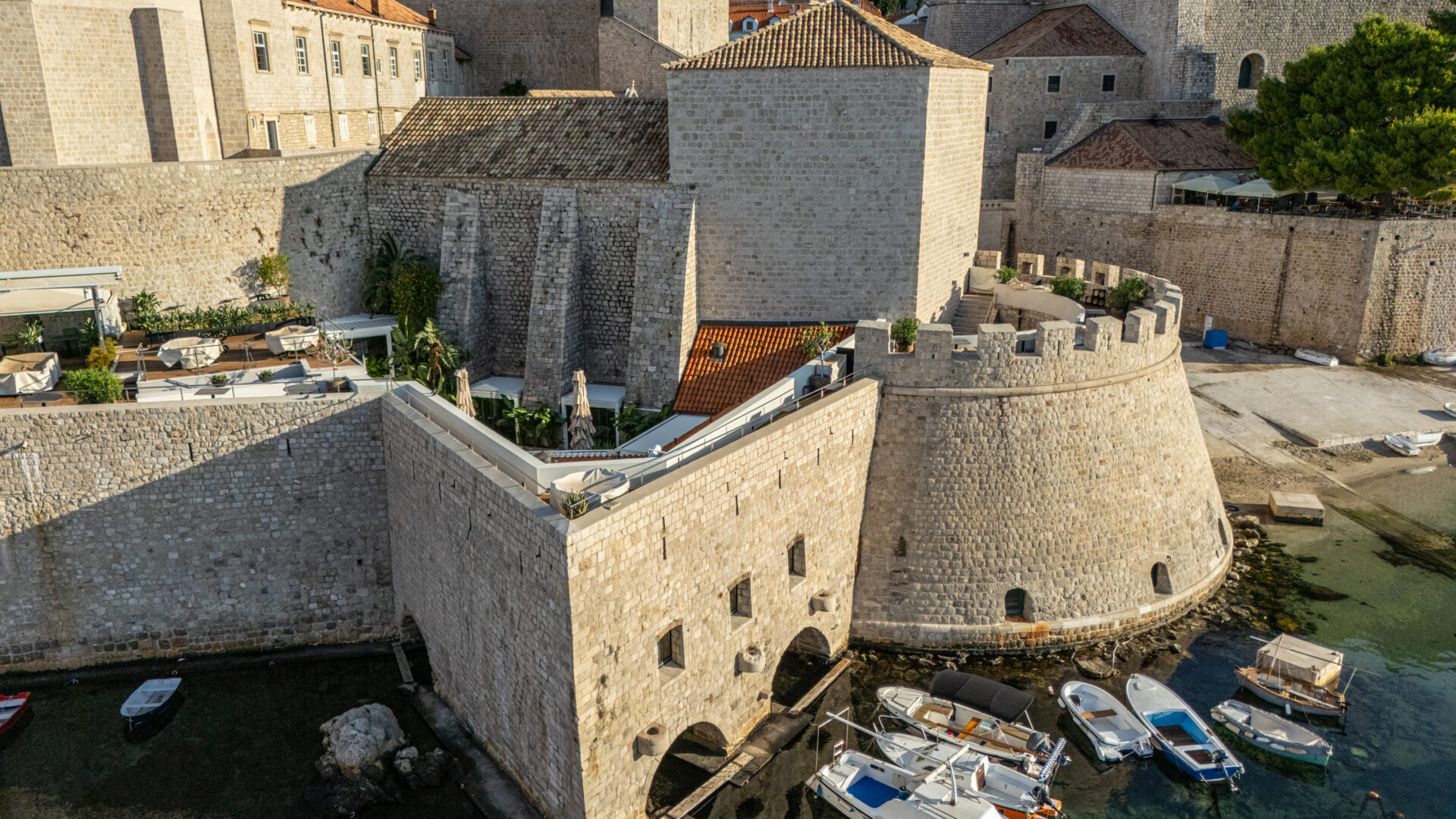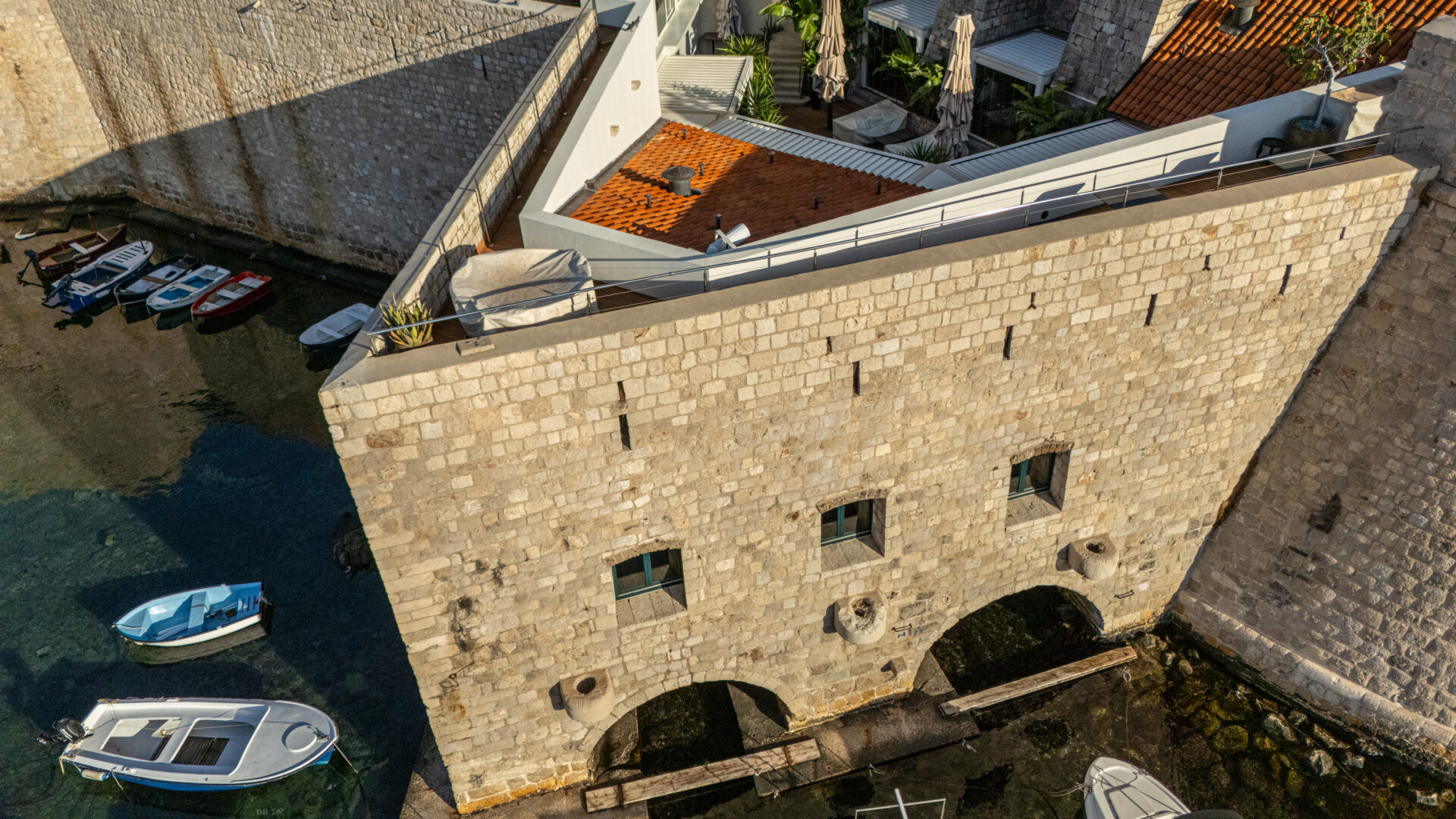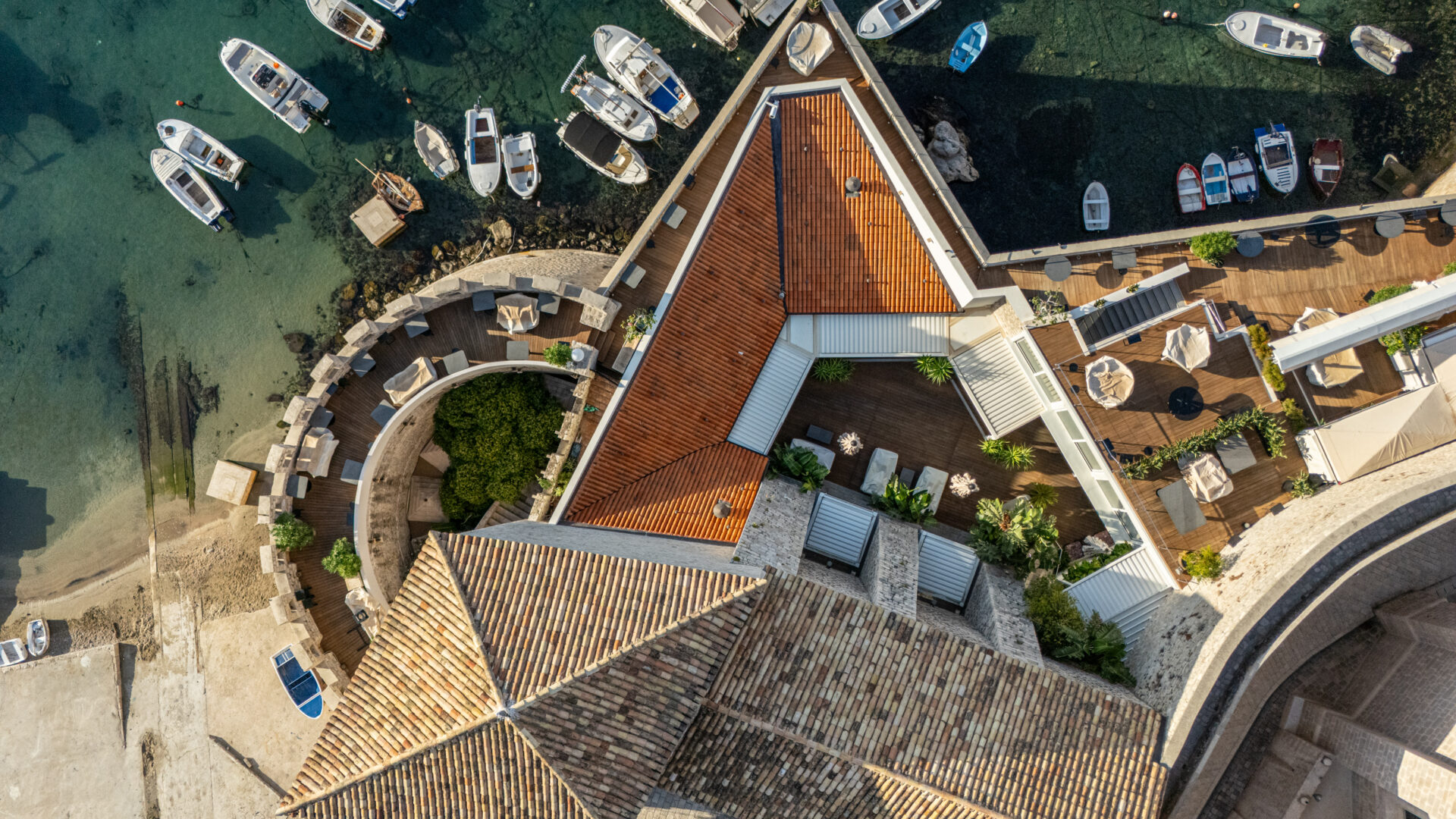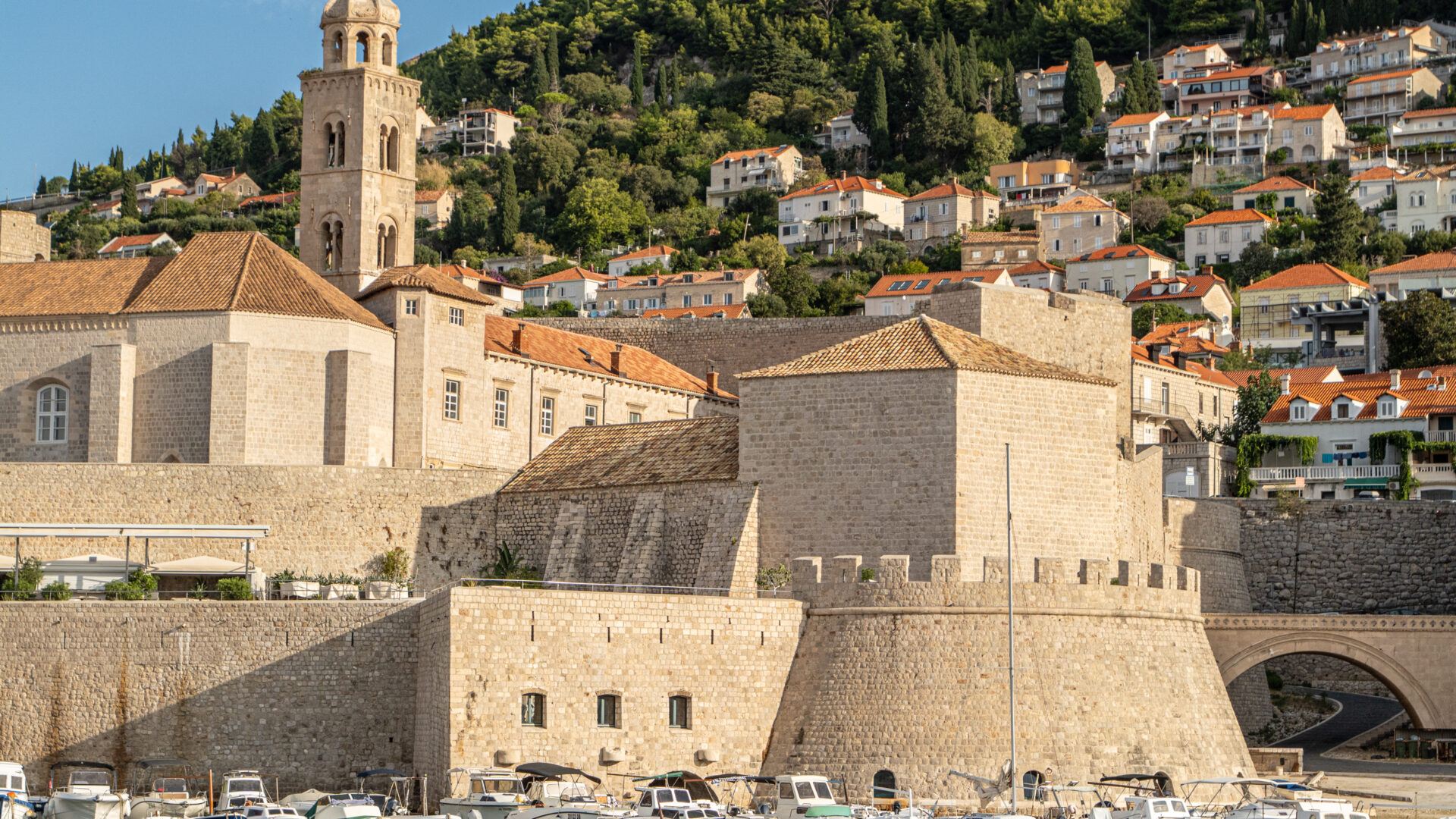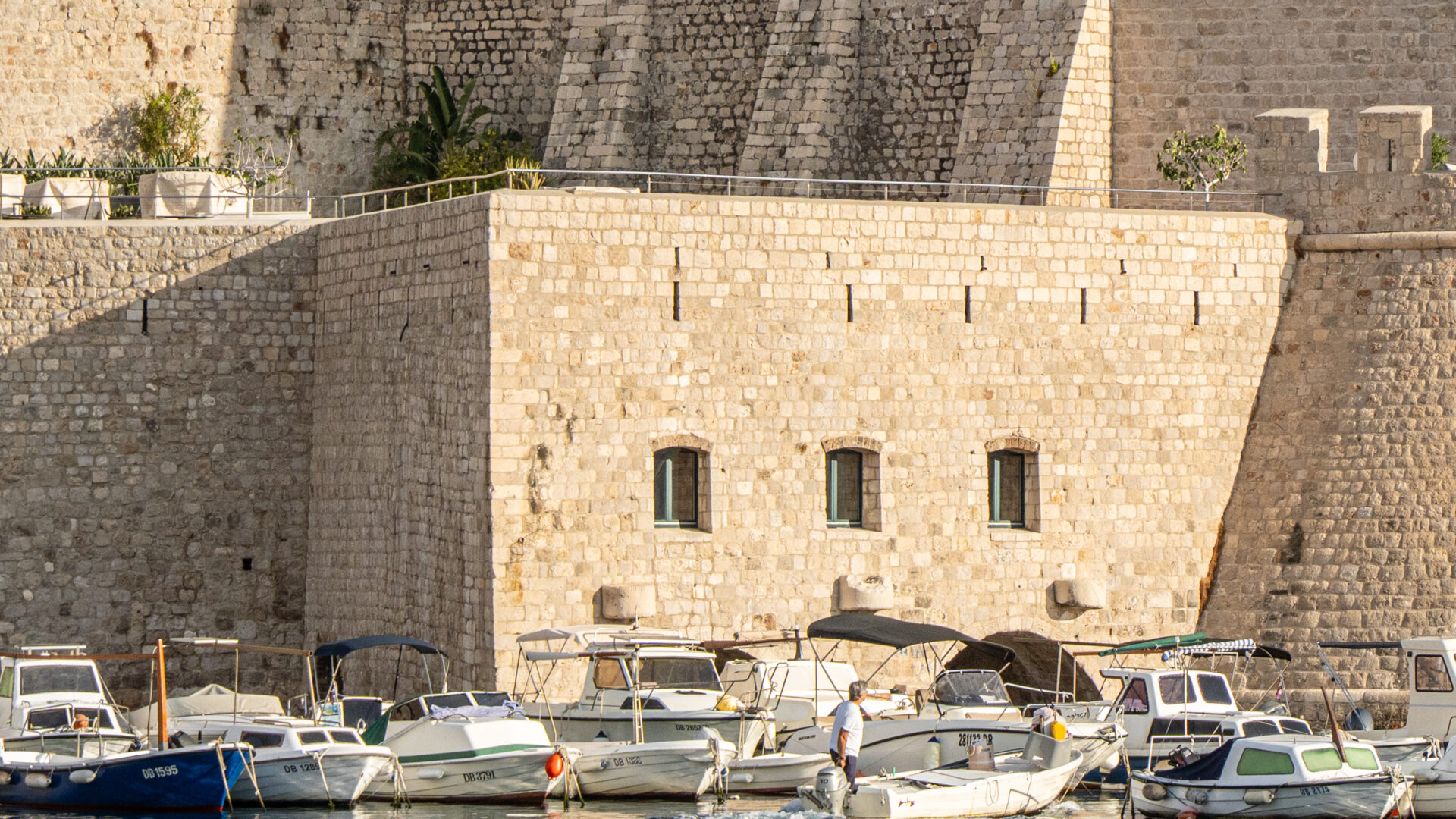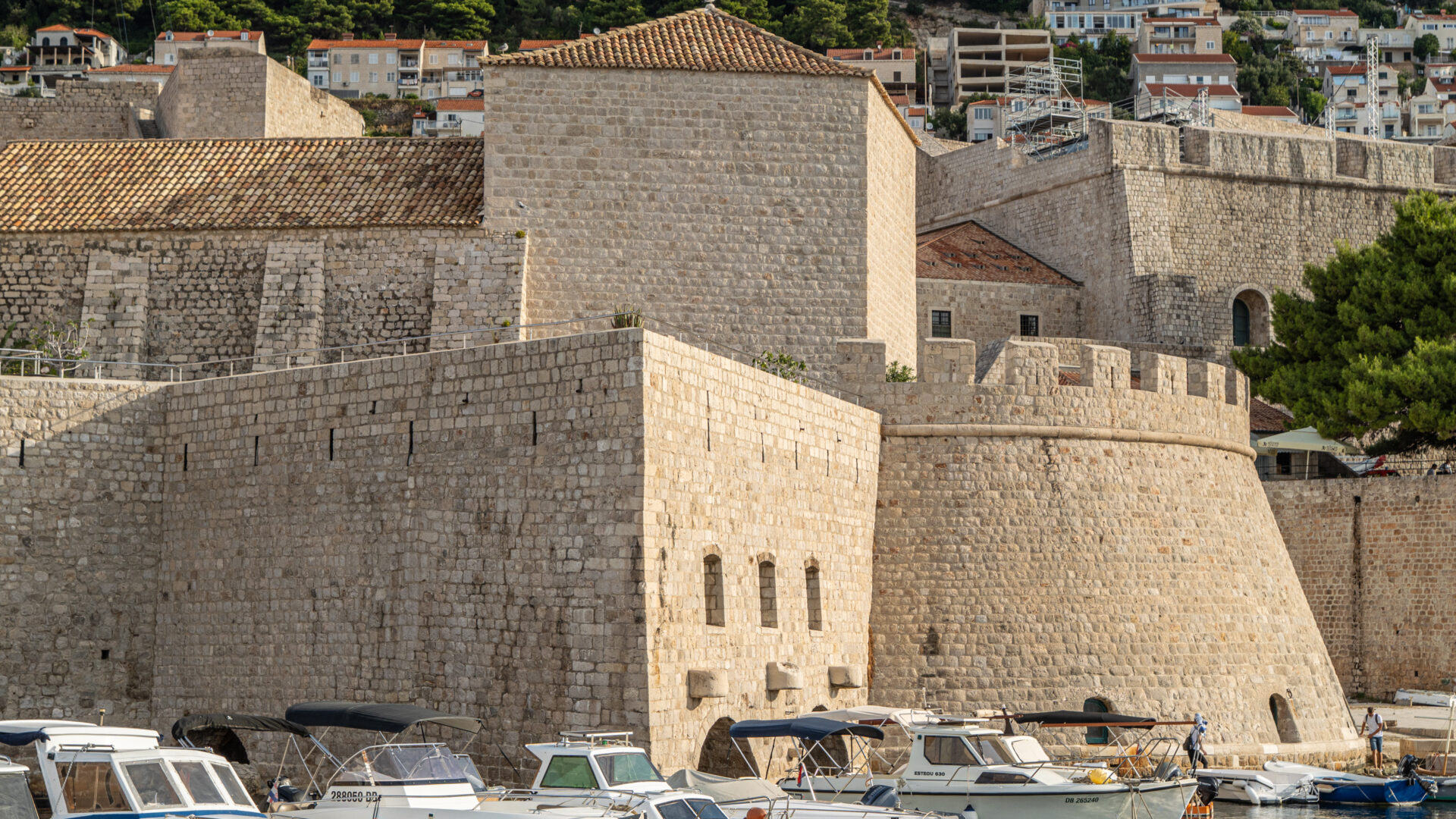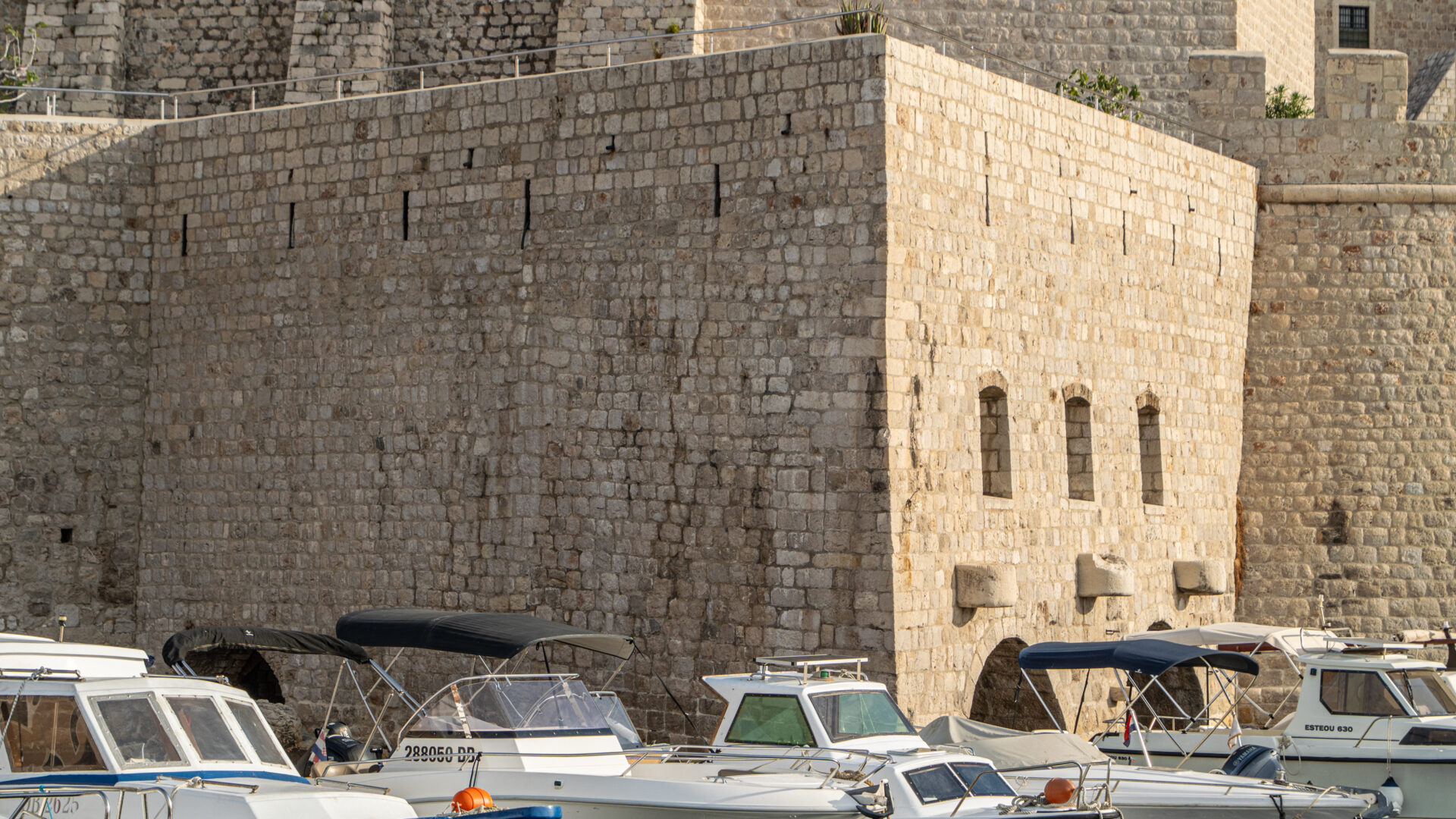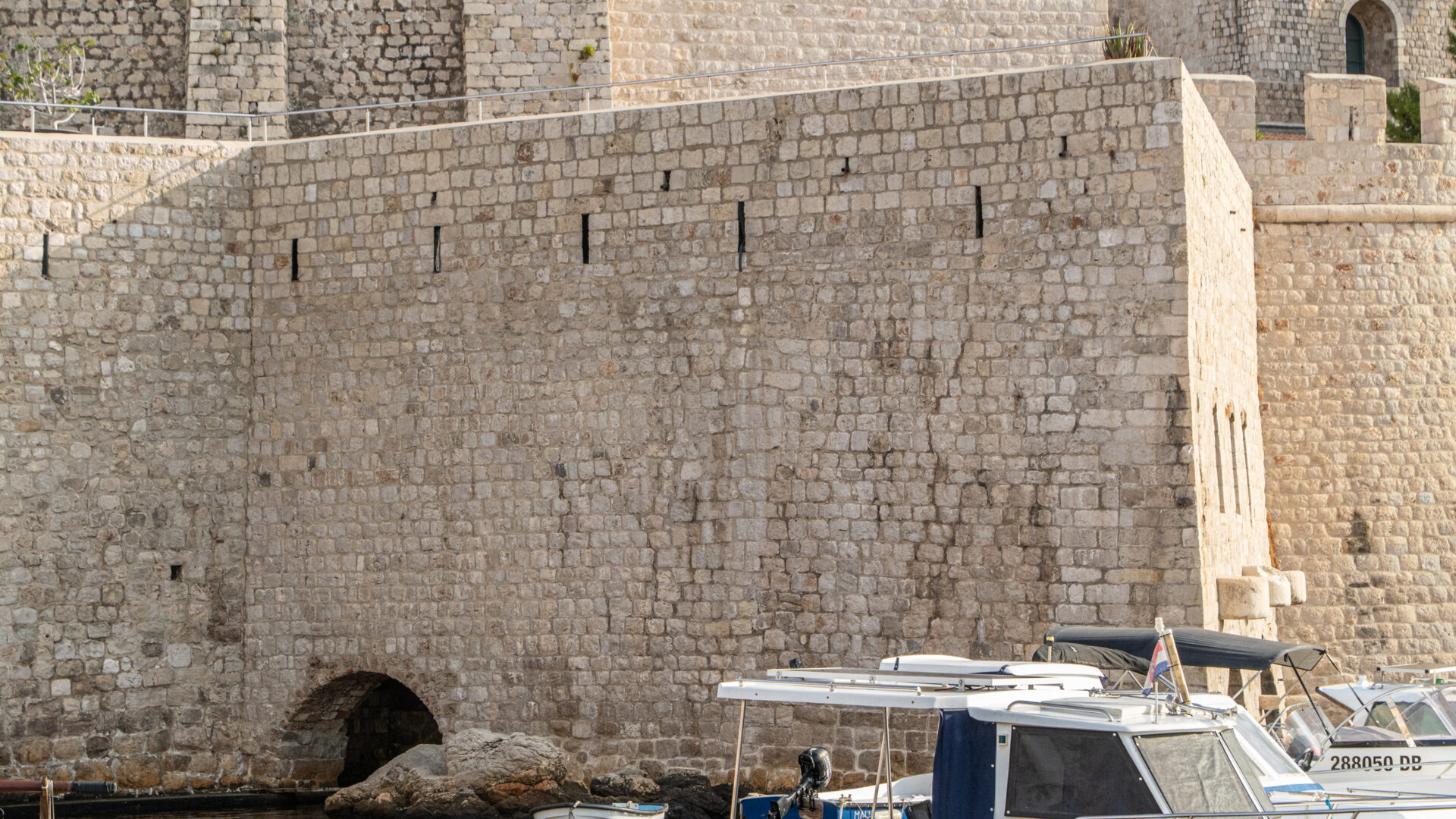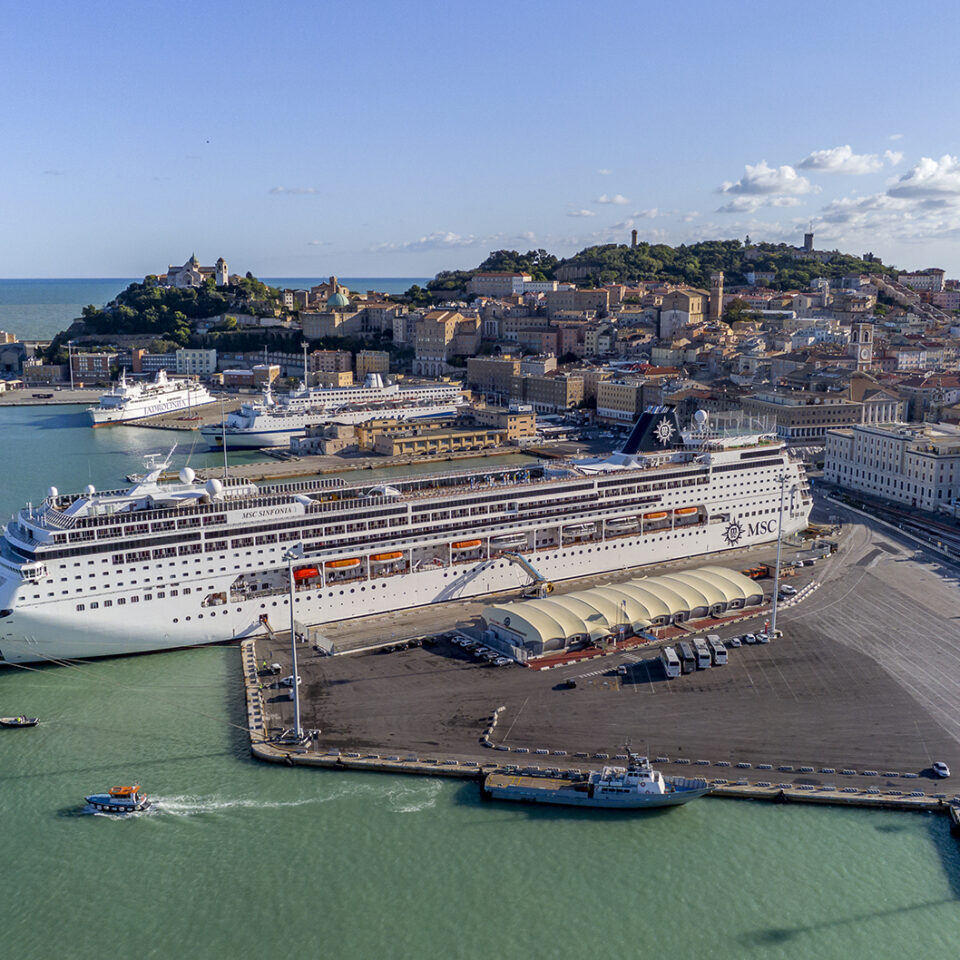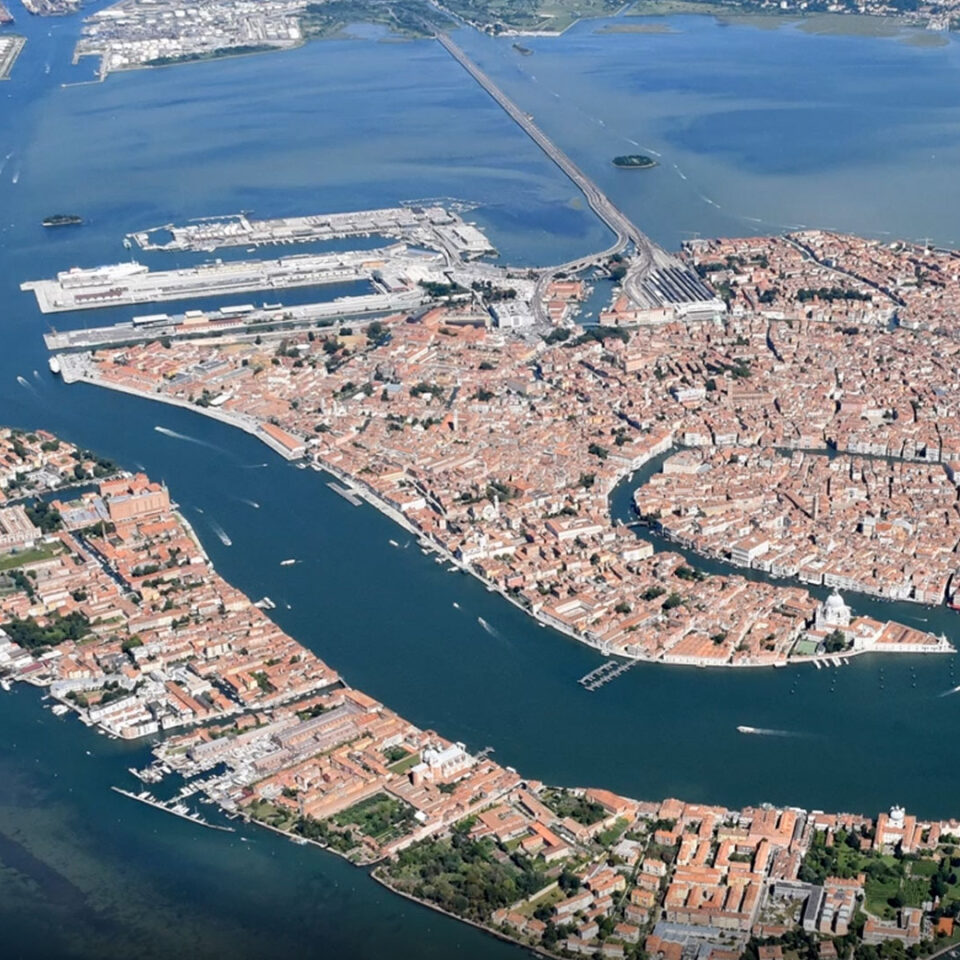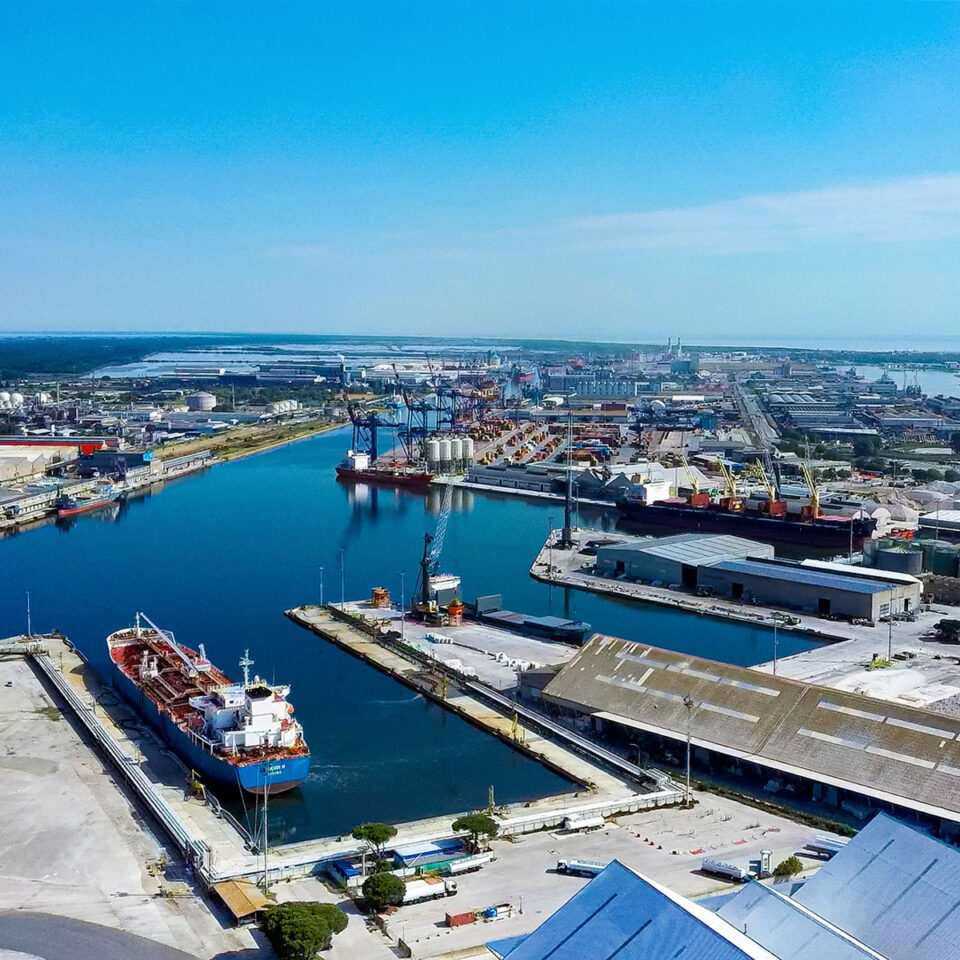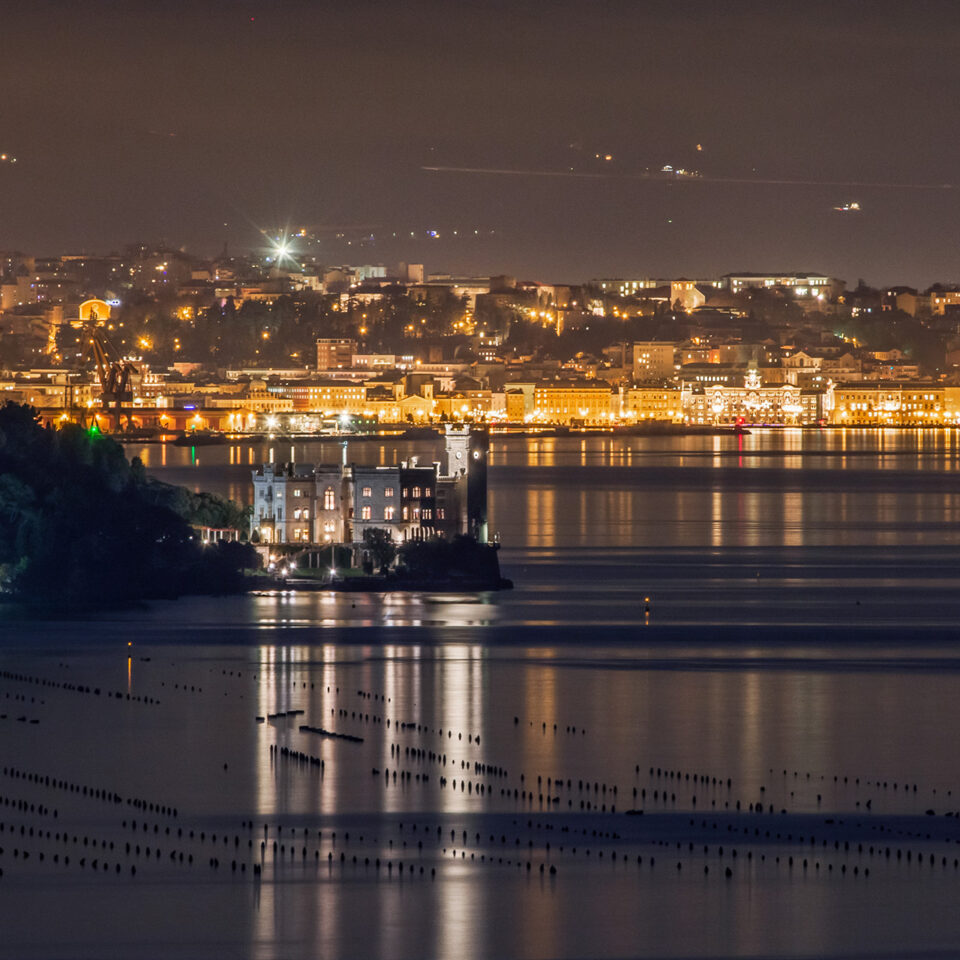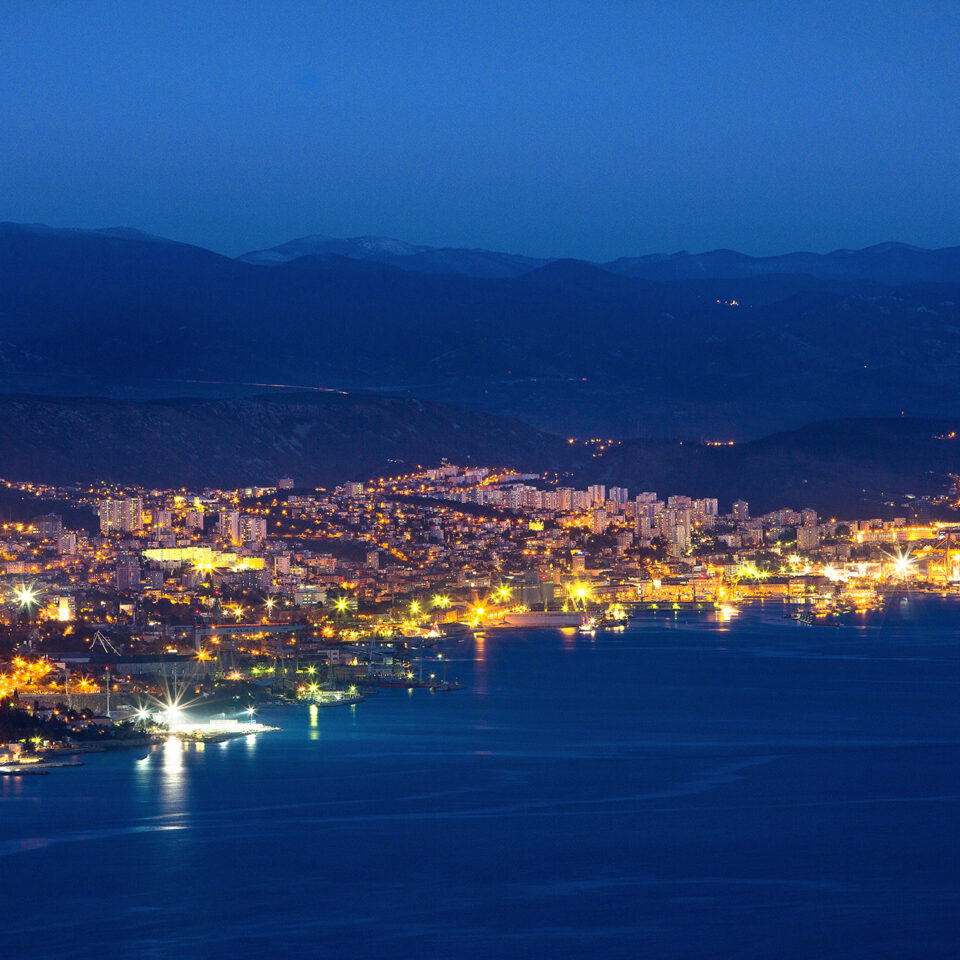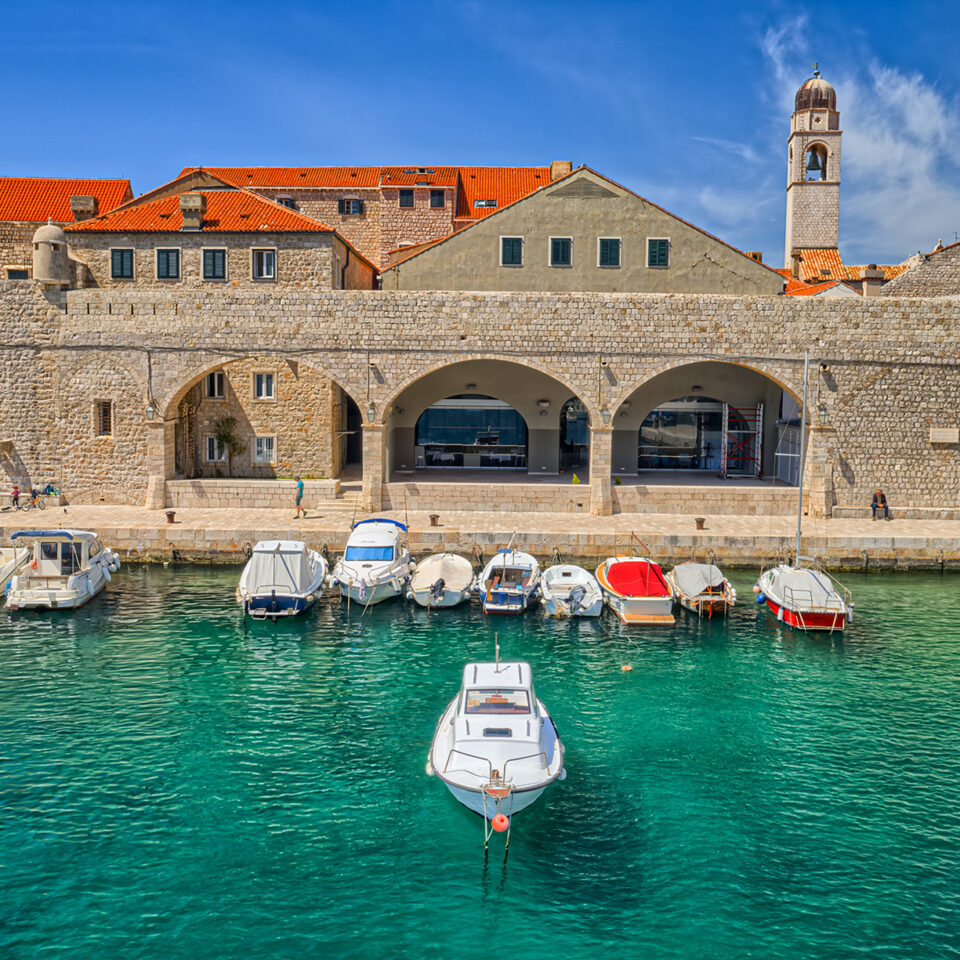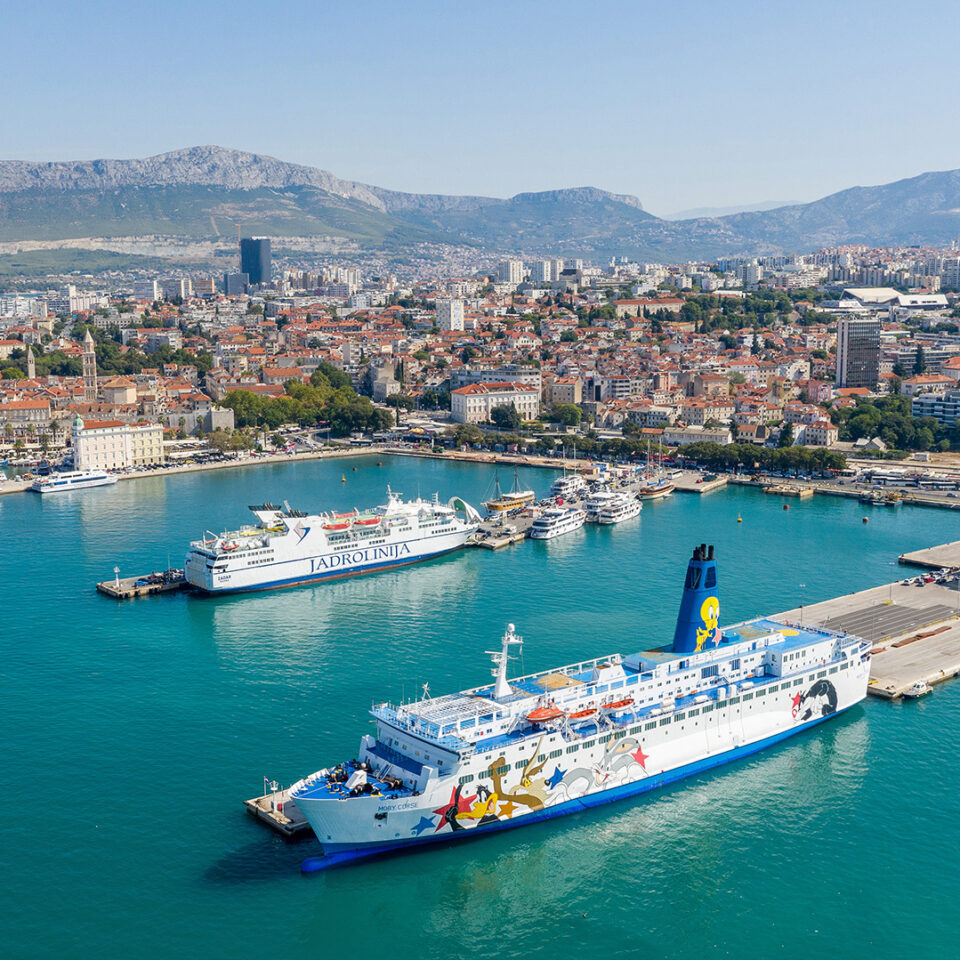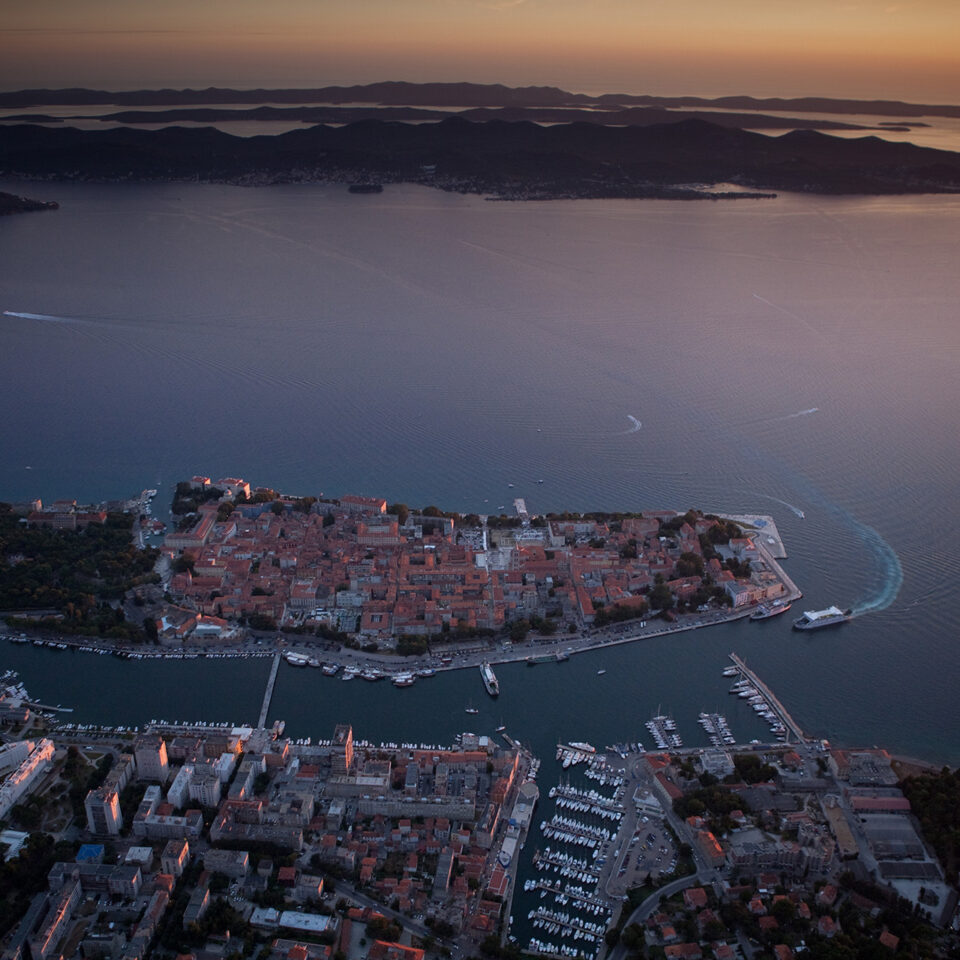


SLAUGHTERHOUSE
Next the Tower of St. Luke there used to be the city slaughterhouse. Initially, it was just an opened space in front of the city wall, accessed through the Slaughterhouse Gate (Vrata klaonice), and it was first mentioned in preserved records in 1358. In 1428 a decision was made to construct the slaughterhouse which led to construction of a solid sanitary facility of triangular shape, surrounded by strong walls and a spacious vaulted ceiling, rising above the sea. At any time, the sea had access to this space through three arch openings, washing away the blood and other waste, which the sea currents at the port then carried out to open waters. Next to the slaughterhouse, there was a space for selling meat. The outer walls were ended with battlements and loopholes, later shaped into gun slits. The slaughterhouse also served as a station for the city guard. Due to its exceptional location, it played an important role in the fortification system of the port and made a part of the eastern outer defence, protecting the access to the base of the main city wall and the northern part of the harbour. On the exterior façade, there were three large stone rings used to secure the harbour chain. During Austrian rule, this area was used as warehouse for construction material and as stables, while in the mid-20th century it temporarily accommodated a police prison, after which the area was adapted for catering activities.

